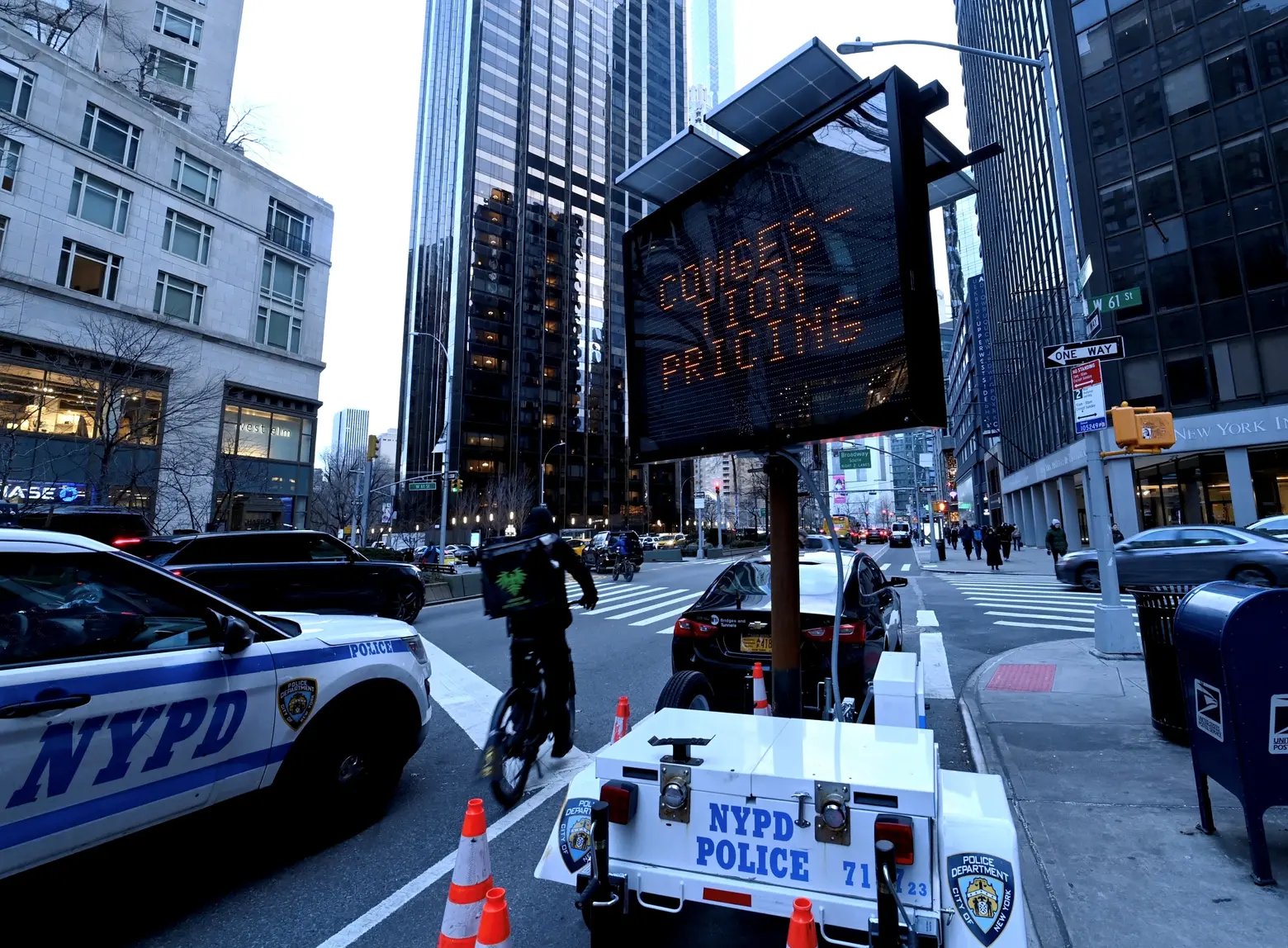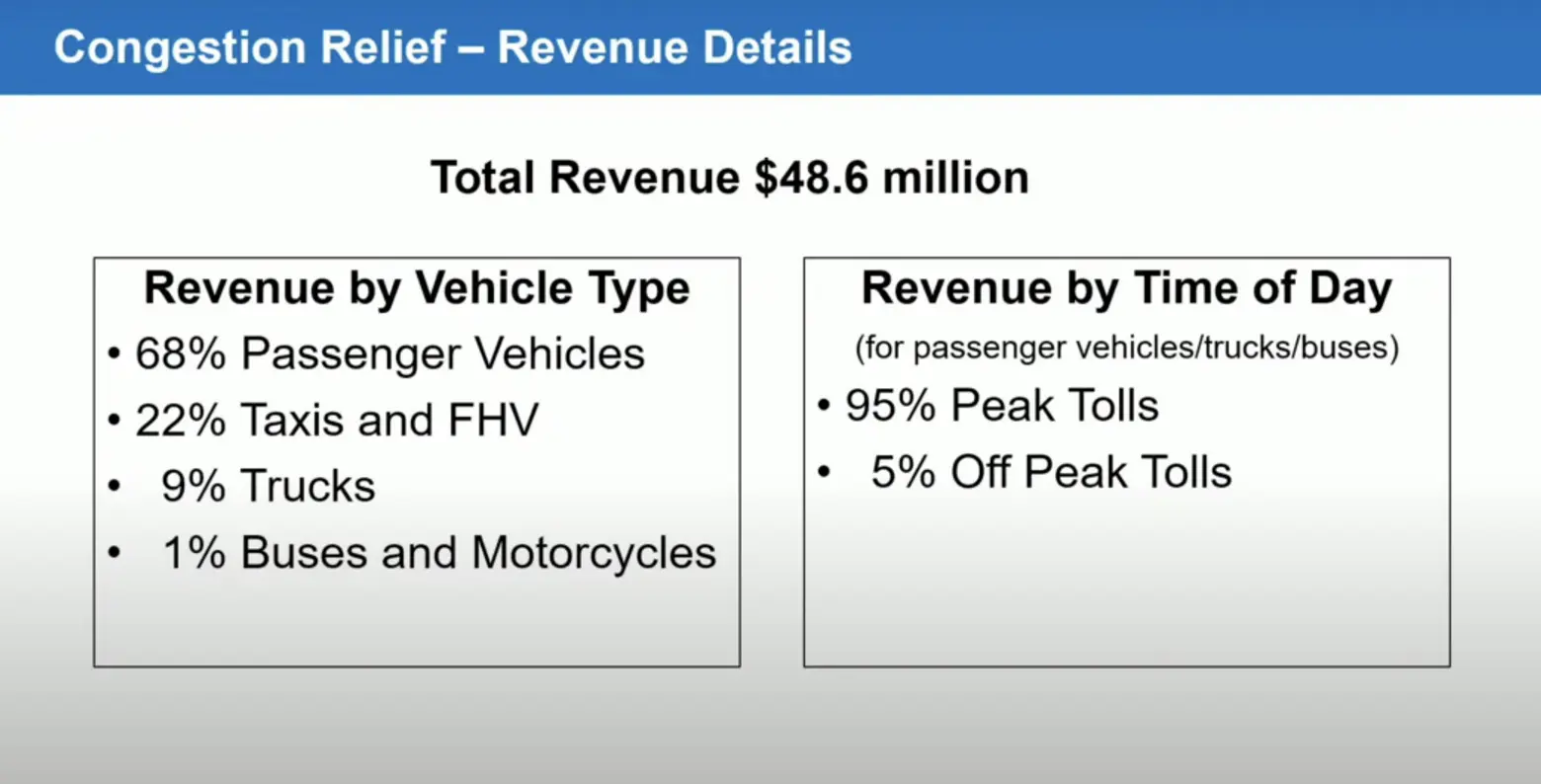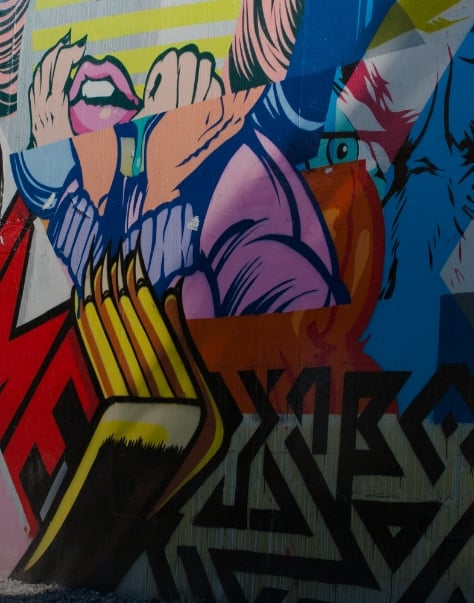Congestion pricing raised $48.6M in first month, MTA says

Credit: Marc A. Hermann / MTA on Flickr
Even as President Donald Trump fights to kill congestion pricing in New York City, the program raised $48.6 million in revenue during its first month, meeting revenue goals set by the Metropolitan Transportation Authority. During an MTA meeting on Monday, the agency released the first financial results for the program for January 5 to January 31, showing the toll is on track to bring in a projected $500 million per year, or about $40 million per month.

As first reported by the New York Times, the program generated $48.6 million during its first 27 days. With about $11.1 million in operating expenses, the net revenue for the first month of the program was $37.5 million, which can be used to finance transit projects.
However, the tolls will not pay for the transit projects directly. The MTA plans to use congestion pricing revenue to borrow substantially more money through municipal bonds, a common method by governments to fund major projects, as reported by the Times.
According to the MTA, of the total revenue, about 22 percent came from for-hire vehicles and taxis and the remaining from passenger vehicles.
“We are on track for the projected $500 million in net revenue, especially as we get into warmer months when traffic will increase which provides confidence in the forecast,” MTA Co-Chief Financial Officer Jai Patel said in a press release.
“All indicators show the program is reducing traffic but also projecting the revenue to be on target for what we had in 4,000 pages of studies and what we were looking at in the fall.”
Traffic has decreased since the start of the program, with 2.6 million fewer vehicles in Manhattan south of 60th Street from January 5 through February 17, marking a 10 percent drop.
The MTA has already issued $500 million in short-term notes, funded by the tolls and other agency revenue, to pay for the capital projects.
Despite the positive financial results and early signs of reduced traffic and faster bus commutes in its first week, the program has been targeted by Trump, who moved last week to reverse federal approval, ending the program.
Shortly after Trump’s announcement, the MTA filed a lawsuit to protect the program, and Hochul, who called the move from the White House an attack on the state’s sovereignty, said “the cameras are staying on,” referring to the toll cameras.
On Friday, Hochul met privately with Trump to defend the program, presenting data highlighting its positive impact on traffic, commercial office leasing, Broadway attendance, and foot traffic in the tolling area, according to the Times. The presentation also referenced a recent study that showed a majority of frequent drivers in Manhattan support the program.
The program charges drivers a base fee of $9 to enter Manhattan below 60th Street. Aimed at reducing traffic in the city’s busiest areas, the MTA is relying on the program to raise $15 billion for critical transit improvements, including modernizing subway signals, enhancing accessibility, and extending the Second Avenue Subway.
The program has survived numerous lawsuits, including a challenge from New Jersey Gov. Phil Murphy who filed a suit in July 2023; the governor lost after a judge ruled that New York had met all requirements to proceed with its launch.
In January, Murphy sent a letter to Trump, urging him to “re-examine” the program while claiming it was never “well-designed or adequately studied.”
Last week, Murphy even thanked the president in a statement. “I want to thank President Trump and Secretary Duffy for their efforts to halt the current congestion pricing program in Manhattan’s Central Business District,” Murphy said.
“Although we have had a difference of opinion with our colleagues in New York on congestion pricing, we have always had a productive relationship with our neighbors across the Hudson. I look forward to continuing that spirit of partnership for the benefit of the entire Tri-State Area.”
RELATED:






























